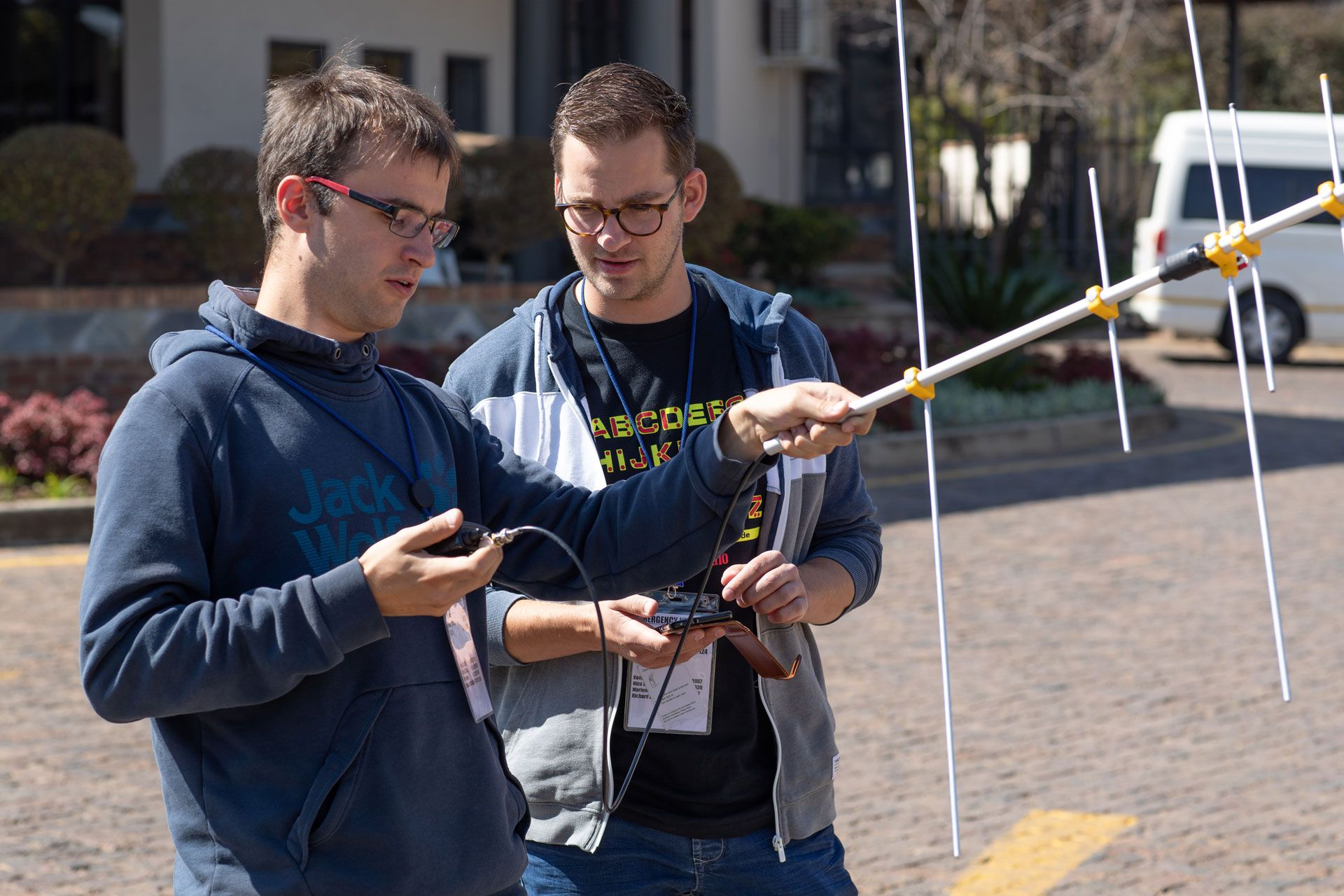
Use of the 1.2 GHz band for amateur radio


Timothy Ellam KC, President, International Amateur Radio Union
Since its founding in 1925, the International Amateur Radio Union (IARU) has worked tirelessly to defend and expand the frequency allocations for amateur radio.
A proud and active member of the International Telecommunication Union (ITU) — IARU was admitted in 1932 to the CCIR (International Technical Consultative Committee for Radioelectric Communications), the forerunner to today’s ITU Radiocommunication Sector (ITU-R), and has been contributing to the work of ITU ever since.
Thanks to the support of enlightened administrations in every part of the world, radio amateurs are today able to experiment and communicate in frequency bands strategically located throughout the radio spectrum.
From 23 countries at its inception, IARU has grown to include over 160 member-societies and has been recognized by ITU as representing the interests of amateur radio worldwide. Today, amateur radio is more popular than ever, with over three million licensed operators around the globe.
The first to develop bands above 30 MHz
Amateur radio experimenters were among the first to develop frequency bands above 30 megahertz (MHz) and have been active for many years in using very high frequency (VHF), ultra high frequency (UHF) and super high frequency (SHF) amateur allocations.
We are pleased to have this opportunity, ahead of the World Radiocommunication Conference (WRC‑23), to highlight amateur radio’s use of VHF+ allocations — both primary and secondary — as important tools for radio experimentation, satellite communication, emergency communication and education.
This is very evident in the amateur allocation at the 1.2 gigahertz (GHz) band, where favourable conditions of use encourage a great deal of experimentation and self-training in microwave technology techniques and radio propagation.
The 1.2 GHz frequency band
When the 1.2 GHz band was made available for amateur use at the 1947 International Radio Conference in Atlantic City in the United States, it gave the amateur community the possibility to experiment with a microwave band and offered an excellent introduction for subsequent self‑training and hands-on experience.
Amateur radio operators remain at the forefront of radio experimentation.
Along with technical self-training, the 1.2 GHz amateur band opened up possibilities for different modes of communication, including not just voice and data, but also technically challenging inter-continental Earth-Moon-Earth (EME) communications. A wide bandwidth allocation has also helped promote the development of wideband digital amateur television techniques.
IARU has developed a robust band plan for the use of this spectrum, both to avoid interference between the various amateur modes and to minimize interference with other services.
Today, the secondary allocation for amateur radio lies between 1240 MHz and 1300 MHz, while the amateur-satellite (Earth-to-space) allocation uses the 1260–1270 MHz segment.
Improving emergency communications
Radio amateurs have a long and proud history of providing communications to alleviate suffering in the wake of natural disasters. They use their VHF, UHF and SHF allocations for many applications, including local networks that operate independently of commercial telecommunication infrastructure.
Crucially, these continue to function when regular communication links are disrupted or overloaded. In one example, amateurs in northern Norway have used the 1.2 GHz allocation for emergency contacts to transmit real‑time images from a remote command centre back to the main search and rescue headquarters.
We are pleased that ITU recognizes the value of amateur services in times of crisis, and we are equally proud to assist ITU with the goal of improving emergency communications.
Protecting the radionavigation satellite service primary allocation
ITU-R Working Party 5A is now developing a recommendation to guide administrations if they need to facilitate the protection of the primary allocation for radionavigation satellite service (RNSS), and especially the high-accuracy Galileo E6 service, from transmissions in the secondary amateur and amateur satellite services.
This guidance recommendation — proposed for consideration at WRC‑23 under agenda item 9.1, topic (b) — would move certain amateur station operations in the band 1240–1300 MHz away from RNSS operating centre frequencies. Together with reasonable power-level constraints, this should allow amateur and amateur-satellite services to continue using the 1.2 GHz band for their operations, self training, and emergency communication.
Seeking consensus
IARU has cooperated with others in the Working Party 5A framework in an attempt to reach consensus on a proportionate recommendation, which would protect the RNSS and at the same time retain spectrum and power levels that allow the important work of radio amateurs at 1.2 GHz to continue.
Download your copy of the ITU News Magazine: Land, sea and airwaves.
Header image credit: IARU
At an IARU “Youth on the Air” camp, individuals are using 1.2 GHz and other VHF frequencies to communicate with an amateur satellite.
